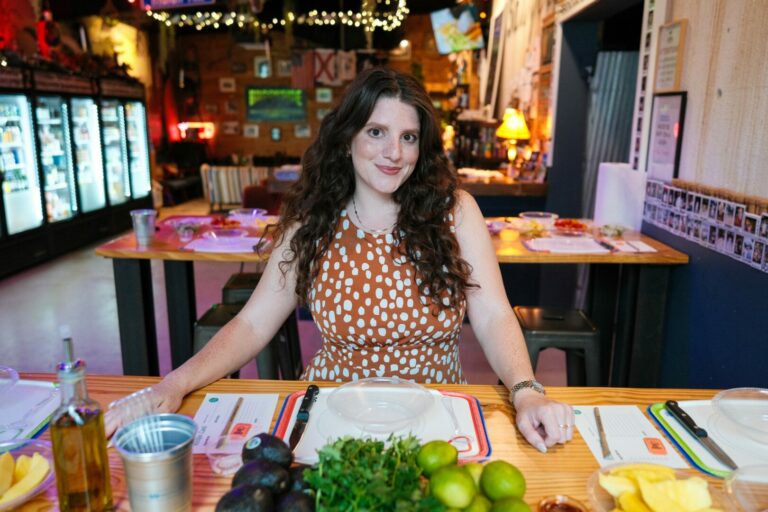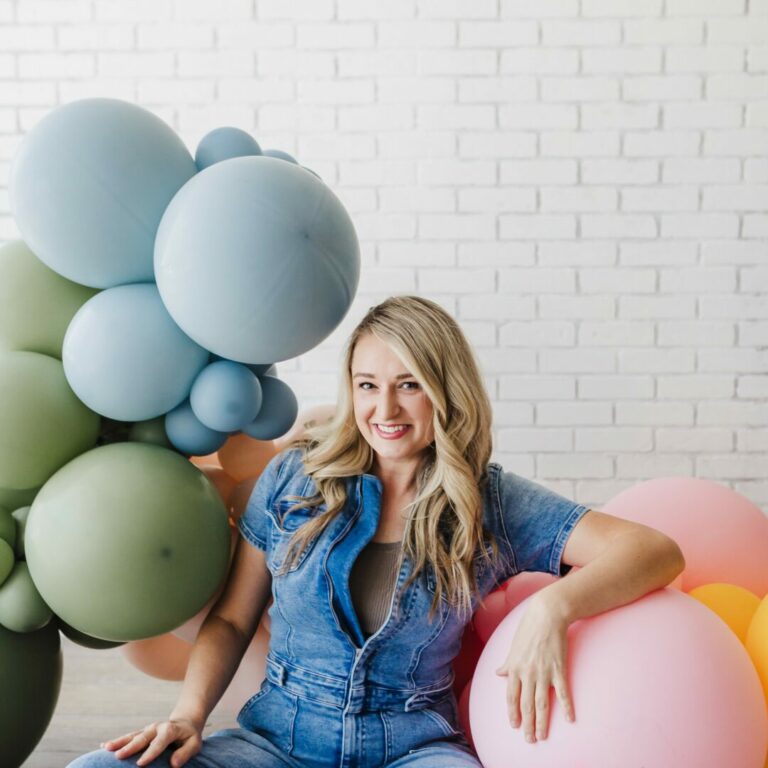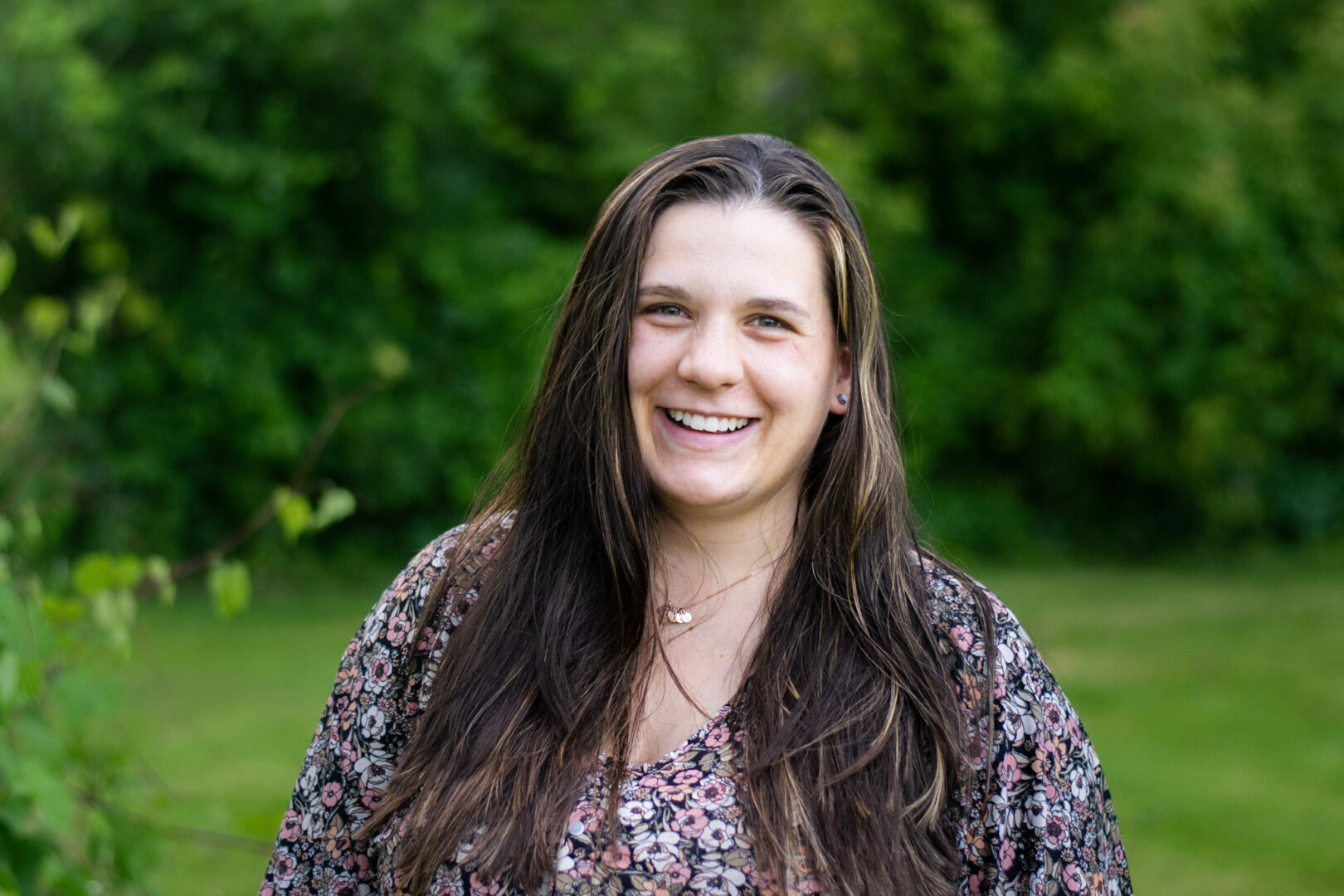We were lucky to catch up with Julie Zarate recently and have shared our conversation below.
Hi Julie, thank you so much for making time for us today. Let’s jump right into a question so many in our community are looking for answers to – how to overcome creativity blocks, writer’s block, etc. We’d love to hear your thoughts or any advice you might have.
I have had the misfortune (or, perhaps, fortune) to go through several creative blocks in my life time. I say “fortune” because even though I was stuck and stagnant in my art career, I transferred that energy into other things in my life. We recently had a major home renovation that upturned my life for years and, as you may guess, had a huge effect on my mental and emotional state. This in turn affected my desire to create and I spiraled into a deep depression. Life doesn’t just stop because I am at odds with my surroundings, so I had to find a way to manage. Not having a kitchen at the time presented some challenges and this is where I found my creative desire once again. I turned to cooking and learned that I really enjoyed it. We eventually had our kitchen completed and the prospect of me finally turning it into my new studio where I could experiment was exciting to me. After some time, I did eventually find my footing and began to paint again. Now I split my time and energy between satisfying my pallet and my palate.
Great, so let’s take a few minutes and cover your story. What should folks know about you and what you do?
Being a self-taught artist, my career began at an early age. Much to my parent’s dismay, I often drew on anything I could get my hands on and that included books, furniture and clothing. My earliest recollection of being entranced with art was when I was about 3 years old and my father had a book with these beautiful ink drawings in the style of art nouveau. These decadent treasures with their flowing black lines evoked an awe within me that even at that age I wanted to be part of. And so it began, I copied pictures from books and magazines, sometimes doodling in class when I should have been paying attention. It didn’t matter, I could not help but continue to create. It was a way to escape my surroundings, to steady my hand and quiet my mind. It was and still is very much a therapeutic process.
Much of my work centers around female empowerment and this comes from the time when I was a teenager in the 1980’s and I looked to fashion magazines for inspiration. Many of the looks from this period featured hard edged yet very glossy finishes of these immaculate beauties with steely eyes and it’s from this that I embraced my gifts and began my journey. It began with the eyes (it almost inevitably does with a new drawing). They are the one thing to pull you in to my work, so I spend the most time on them. Then comes color, whether muted or bold, there is always a purpose and sense of balance that may not make sense to anyone else, and I’m sure I would have been criticized by art teachers, but it’s instinctual to me. The process is all about learning for me, as I’m always looking to improve and see what I can build on.
At some point, I realized I wanted to learn even more and I wasn’t getting anywhere on my own so I enrolled in the Glassell School of Art (Museum of Fine Arts Houston) where studied art history and life drawing. Although helpful in their own right, they were not what I was looking for, which was technique, theory, etc. Short of enrolling in an actual four year college to achieve this, I ended up not returning. Feeling a bit despondent, this is when I went in another direction altogether. I began creating found object assemblages. I was inspired by the likes of Michael DeMeng and Kris Kuksi and their influence on my work at the time is rather evident. However, my resources were limited so to set myself apart I had to develop my own brand of work. Overall, these were very successful and I’m happy to have had the experience. I’ve not returned to them only due to the amount of space it takes to create them. I do hope to return one day.
For now, my work has hit a new momentum with new tools at my disposal and I’m quite excited with this journey as well. I do oftentimes look back on those early years when my art career began and saw the amount of hustle between me and my peers and wish to be there again. Those were the times when anything seemed possible because the pavement had yet to be laid. Things are easier now, but there’s much to be said about the struggle that makes you appreciate what you have.
Looking back, what do you think were the three qualities, skills, or areas of knowledge that were most impactful in your journey? What advice do you have for folks who are early in their journey in terms of how they can best develop or improve on these?
Desire is the one true motivating factor for me. From desire comes the approach and there have been times when I’ve “desired” to create this thing in my head that I have imagined. The mind may create it but the hands don’t always abide. I learned very early on that if my hands are not cooperating with my head, then let the hands do what they want, trust them. It was in this moment that I realized that although I’m not a spiritual person, this was as closed to being spiritual that I could get. I am but a mere conduit to a higher creator and it is through my hands that these things are created. Always trust the process.
Who has been most helpful in helping you overcome challenges or build and develop the essential skills, qualities or knowledge you needed to be successful?
I am a huge fan of music (of all kinds), so it’s not uncommon that I use lyrics from songs or outright titles to title my artwork. I even created a series called “Electric Ladyland”, a very colorful, stained glass looking psychedelic looking portraits of people, including Jimi Hendrix. I did not know it at the time but have since learned that his approach to music was very much the same as my approach to art. His background in music included music from unlikely sources: jazz, baroque, blues, folk, He was also self-taught and very disciplined, practicing 8-12 hours a day in his youth. This background allowed him to experiment and fuse his influences to create something new yet familiar. This was my approach as well.
As stated before, I used to copy works of art from books and magazines when I was learning. This is not uncommon in the art world and apprenticeships but I did not know this at the time, I was just creating for the sake of creation and learning. I copied works by Michelangelo, George Yepes, Helmut Newton, Diego Rivera, Patrick Nagel, Aubrey Beardsley and Gustav Klimt, all of whom have had an incredible influence on my work. With each new original painting of my own creation, I felt one or several of these influences creep through, blending with each other to create something new, yet ultimately familiar and timeless.
Contact Info:
- Website: www.six06.com
- Instagram: six06
- Facebook: six06
- Linkedin: six06
- Youtube: outlawjesus
- Other: tiktok: sixxohsixx








Image Credits
Julian Zarate (JZFit_Photo instagram)




